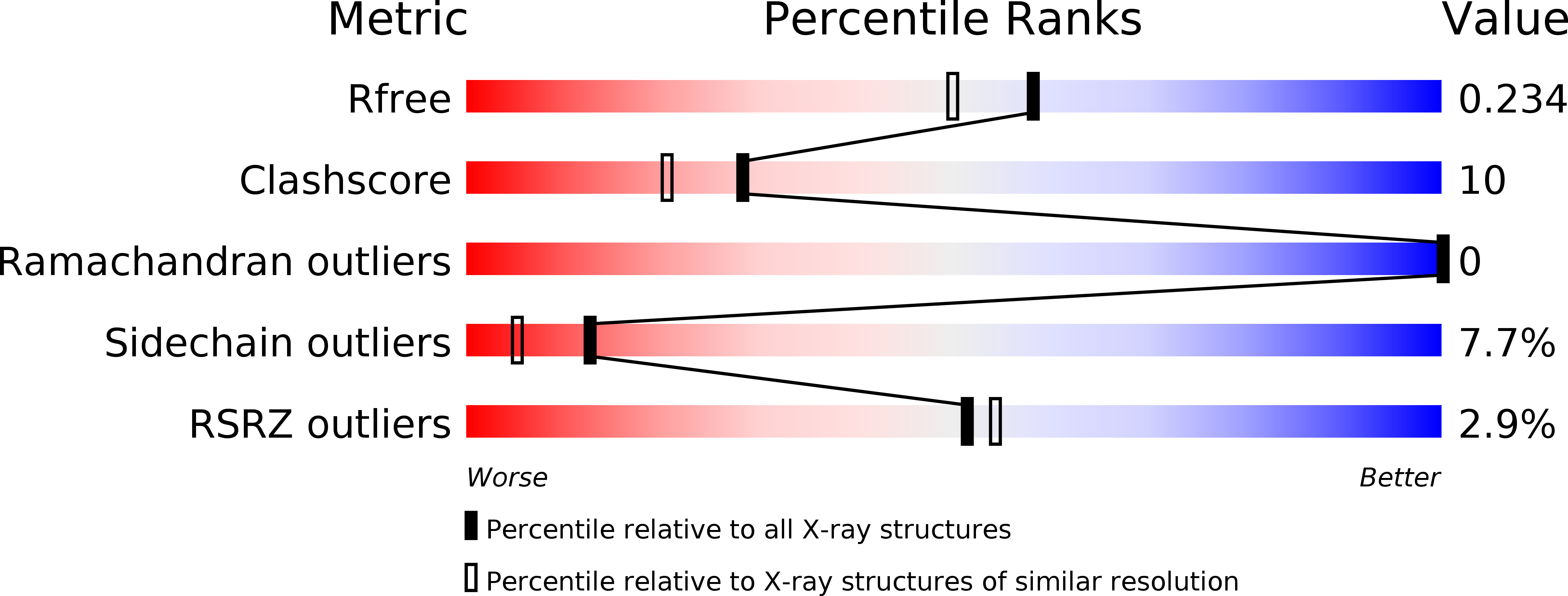
Deposition Date
2015-04-22
Release Date
2015-05-06
Last Version Date
2023-11-08
Entry Detail
PDB ID:
4ZG5
Keywords:
Title:
Structural and functional insights into Survival endonuclease, an important virulence factor of Brucella abortus
Biological Source:
Source Organism:
Brucella abortus S19 (Taxon ID: 430066)
Host Organism:
Method Details:
Experimental Method:
Resolution:
1.90 Å
R-Value Free:
0.22
R-Value Work:
0.19
R-Value Observed:
0.19
Space Group:
P 1 21 1


